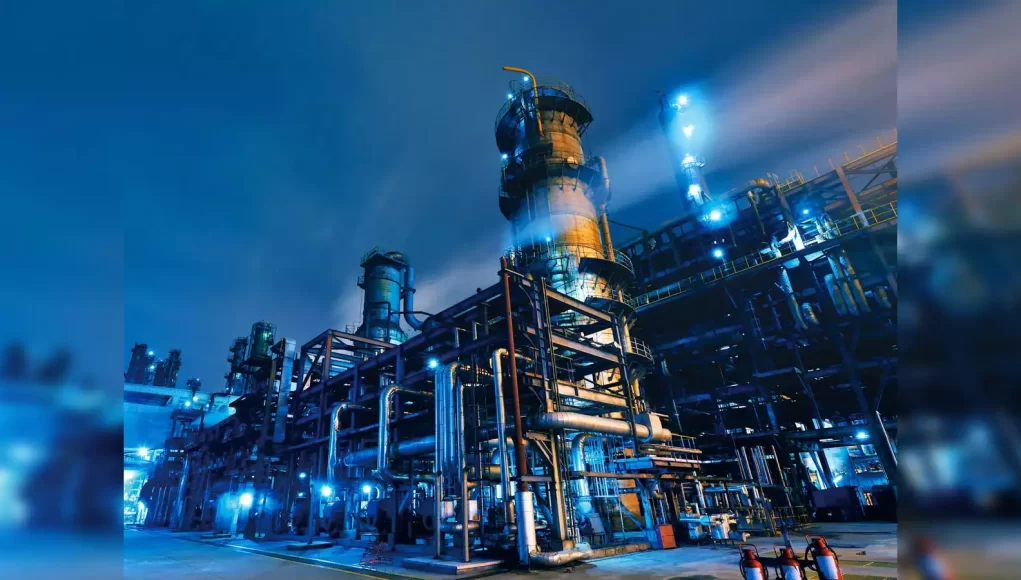The global energy market has been witnessing significant price volatility, especially in the natural gas and lithium sectors. With energy demands soaring, supply chain disruptions, and evolving geopolitical tensions, the surge in these commodity prices has become a critical concern for industries, policymakers, and investors alike. In this blog, we delve into the factors driving the price spikes of natural gas and lithium, their implications, and what the future holds.
The Rising Demand and Price Surge in Natural Gas
1. Global Energy Crisis and Supply Constraints
Natural gas prices have experienced significant surges due to supply constraints exacerbated by geopolitical issues. The ongoing Russia-Ukraine conflict has led to reduced gas supplies to Europe, increasing dependency on liquefied natural gas (LNG) imports from the U.S. and Middle Eastern countries. Moreover, pipeline disruptions and maintenance issues have further limited supply.
2. Increasing Industrial and Residential Demand
As economies recover post-pandemic, industries are ramping up production, leading to higher energy consumption. The demand for natural gas is particularly high in power generation, heating, and industrial applications, further driving up prices.
3. Weather and Seasonal Variations
Extreme weather conditions, such as harsh winters and heatwaves, have increased natural gas consumption. Colder-than-expected winters drive up heating demands, while heatwaves result in increased electricity use, straining supply levels.
4. Transition Towards Cleaner Energy
Governments worldwide are focusing on reducing carbon emissions, leading to a shift from coal and oil to natural gas, which is considered a cleaner alternative. This transition has led to sustained high demand for natural gas, keeping prices elevated.
The Lithium Boom: Soaring Prices and Driving Forces
1. Rapid Growth in Electric Vehicles (EVs) and Battery Storage
Lithium is a crucial component in lithium-ion batteries, which power electric vehicles (EVs) and renewable energy storage systems. With EV adoption surging worldwide, especially in China, the U.S., and Europe, the demand for lithium has skyrocketed, leading to a sharp increase in its price.
2. Limited Supply and Mining Challenges
Despite high demand, lithium production faces challenges such as limited mining capacity, lengthy extraction processes, and environmental concerns. Most lithium reserves are concentrated in Australia, Chile, and China, leading to supply chain bottlenecks that drive prices higher.
3. Geopolitical Tensions and Trade Restrictions
Lithium supply is also affected by geopolitical factors, including trade restrictions, export controls, and national policies. Countries are increasingly securing lithium reserves to reduce reliance on foreign imports, further impacting global supply and pricing dynamics.
4. Investment and Speculation in the Market
Investors and hedge funds have recognized lithium as a high-growth commodity, leading to increased speculation in lithium stocks and futures. This investment influx contributes to market volatility and price hikes.
Implications of Rising Natural Gas and Lithium Prices
For Consumers
Higher natural gas prices lead to increased electricity and heating costs, directly impacting household budgets. Rising lithium prices, on the other hand, could make EVs and battery-powered devices more expensive, potentially slowing adoption rates.
For Industries
Industries that rely on natural gas for manufacturing, such as chemicals, steel, and fertilizers, face higher production costs. Similarly, the tech and automotive sectors may struggle with increased battery production expenses due to high lithium costs.
For Investors
The energy commodity market remains highly lucrative, with rising prices making natural gas and lithium attractive investment options. However, market volatility necessitates careful risk assessment before investing.
Future Outlook: Will Prices Stabilize?
- New Supply Chains and Production Expansion: Countries are exploring new gas fields and lithium mines to enhance supply. Investments in alternative lithium extraction technologies, such as direct lithium extraction (DLE), could improve production efficiency.
- Renewable Energy Transition: Increased focus on renewable energy sources such as wind, solar, and hydrogen could reduce dependency on natural gas in the long run, potentially stabilizing prices.
- Technological Advancements: Innovations in battery recycling and alternative energy storage solutions could help mitigate lithium shortages and price spikes.
- Government Policies and Regulations: Strategic reserves, trade agreements, and subsidies for alternative energy sources may help regulate market fluctuations and price stability.
Conclusion
The surge in natural gas and lithium prices is driven by a complex interplay of supply constraints, geopolitical dynamics, increased demand, and market speculation. While short-term volatility is expected, long-term solutions such as increased mining, technological advancements, and policy interventions could help stabilize the market. Investors, industries, and consumers should closely monitor these developments to navigate the evolving energy landscape effectively.



































